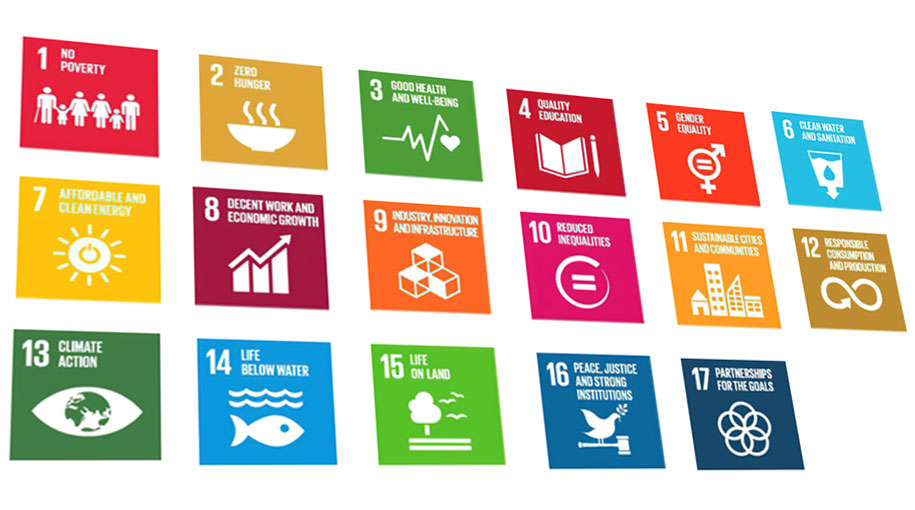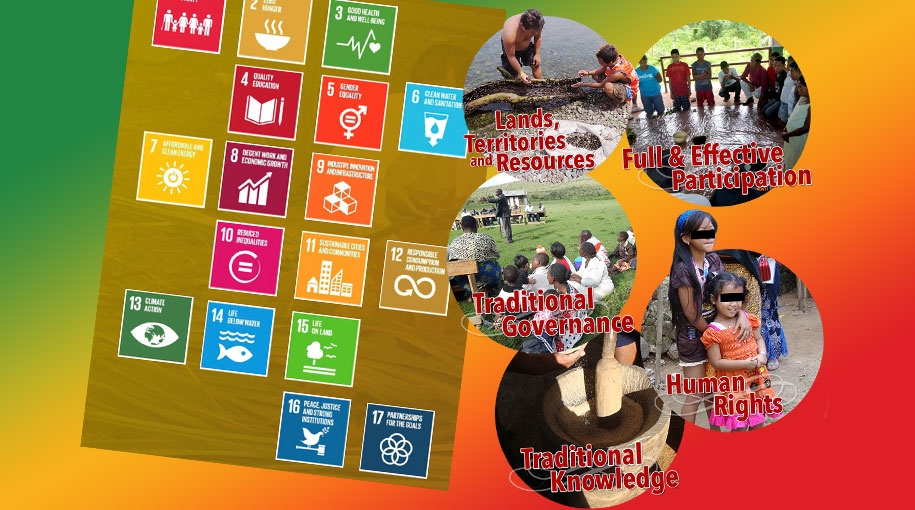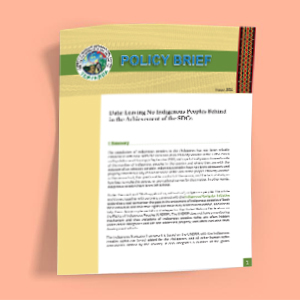Summary
The population of indigenous peoples in the Philippines has not been reliably established until now. With the inclusion of an ethnicity variable in the 15th Census on Population and Housing in September 2020, we hope to finally see a close estimate of the number of indigenous peoples in the country and where they are with the inclusion of an ethnicity variable. Indigenous peoples have not been adequately and properly reflected in any census because of the lack of the proper ethnicity variable in the census tool, the questionable conduct of the census, and the lack of study on how best to make the census, or any national survey for that matter. In other words, indigenous peoples have been left behind.
Under the mantra of “Nothing about us, without us”, indigenous peoples the whole world over, together with partners, came out with the Indigenous Navigator Initiative to develop a tool to monitor the gaps in the enjoyment of indigenous peoples of both their individual and collective rights and make duty-bearers accountable, and also to help them devise implementation strategies for the United Nations Declaration on the Rights of Indigenous Peoples (UNDRIP). The UNDRIP does not have a monitoring mechanism and thus violations of indigenous peoples rights are often hidden under other categories and are not addressed properly, and often excluded from development efforts.
The Indigenous Navigator framework is based on the UNDRIP, with the Indigenous Peoples Rights Act (IPRA) added for the Philippines, and all other human rights instruments ratified by the country. It also integrates a number of the global Sustainable Development Goals (SDG) indicators and by collecting data related to the global SDG indicators, indigenous peoples can contribute data for local, national, and global SDG monitoring, and generate comparable data to monitor if indigenous peoples are left behind.
In 2015, the Philippines joined world leaders in adopting the 2030 Agenda for Sustainable Development comprising of 17 Sustainable Development Goals and 169 related targets intended to be achieved by 2030.
Among other things the country has to do are to affirm the 17 SDGs that seek to realize the human rights of all, and pledge to ‘leave no one behind’ and to reach those furthest behind first. These will reflect the country’s obligation and ambitious vision to recognize the fundamental human rights principles of non-discrimination and equality in the development process.

The final results of the SDGs will depend on how the Agenda is implemented at national and local levels. If the implementation contributes to the realization of the indigenous peoples’ rights, as enshrined in the UNDRIP and for the Philippines, the Indigenous Peoples Rights Act (IPRA), it will help overcome the current discrimination against and the human rights challenges faced by indigenous peoples. In contrast, if efforts to achieve the Agenda ignore indigenous peoples’ aspirations and rights, it may again contribute to or even entrench the marginalisation of and discrimination against indigenous peoples and undermine their well-being, thus again, leaving them behind.
If the 2030 Agenda should address the challenges faced by indigenous peoples, there are three key aspects that must be considered:
- Indigenous peoples must be protected from adverse impacts of mainstream development, which may undermine their rights and well-being;
- Indigenous peoples have the right to fully participate and benefit from general development efforts;
- Indigenous peoples’ collective right to self-determined development must be supported.




